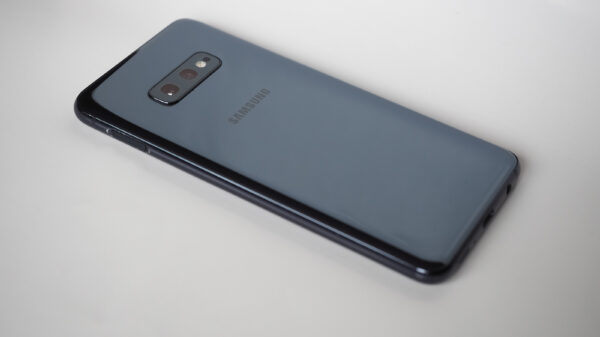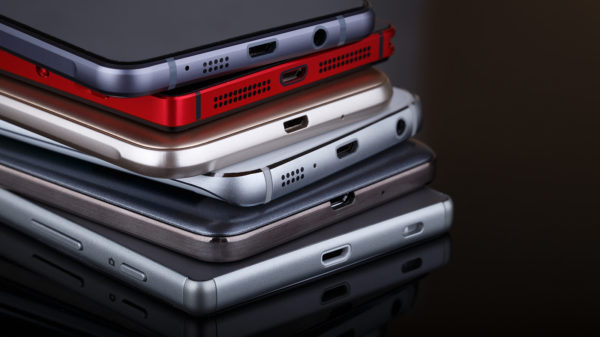WASHINGTON – Sales of traditional desktop and mobile personal computers are expected to drop 7.6 percent this year as consumers shift to tablets and other devices, a market tracker said Thursday.
The report by the research firm Gartner said all connected devices — PCs, tablets and mobile phones — are on pace to grow nine percent this year to 2.4 billion units, but that the mix is changing.
A proliferation of lower-priced tablets with increased power is accelerating the shift from PCs to tablets, said Gartner analyst Carolina Milanesi.
“While there will be some individuals who retain both a personal PC and a tablet, especially those who use either or both for work and play, most will be satisfied with the experience they get from a tablet as their main computing device,” she said.
Related Reading: No Organization is Ready for BYOD
“As consumers shift their time away from their PC to tablets and smartphones, they will no longer see their PC as a device that they need to replace on a regular basis.”
The traditional PC market of notebooks and desktop units is expected to see a 7.6 percent decline in 2013 to 315 million units. That will be offset in part by so-called ultramobile PCs — the lightest and thinnest — expected to double to 23.6 million units, Gartner said.
Gartner said worldwide tablet shipments would jump 69.8 percent this year to 197 million units.
“Lower prices, form factor variety, cloud update and consumers’ addiction to apps will be the key drivers in the tablet market,” said Ranjit Atwal, research director at Gartner.
“Growth in the tablet segment will not be limited to mature markets alone. Users in emerging markets who are looking for a companion to their mobile phone will increasingly choose a tablet as their first computing device and not a PC.”
For all devices, the Google Android system was the most popular in 2012 with 22 percent of the 2.2 billion devices. The Windows operating system was used on 15.6 percent and Apple’s iOS on 10 percent.
For 2013, Gartner said Android’s share is likely to rise to nearly 36 percent, to 15 percent for Windows and 12 percent for Apple.
Related Reading: Dealing with Mobility and BYOD Security? Start with The Network
Related Reading: BYOD – One Size Risks All
Related Reading: BYOD- The Flash Mob of Network Security












